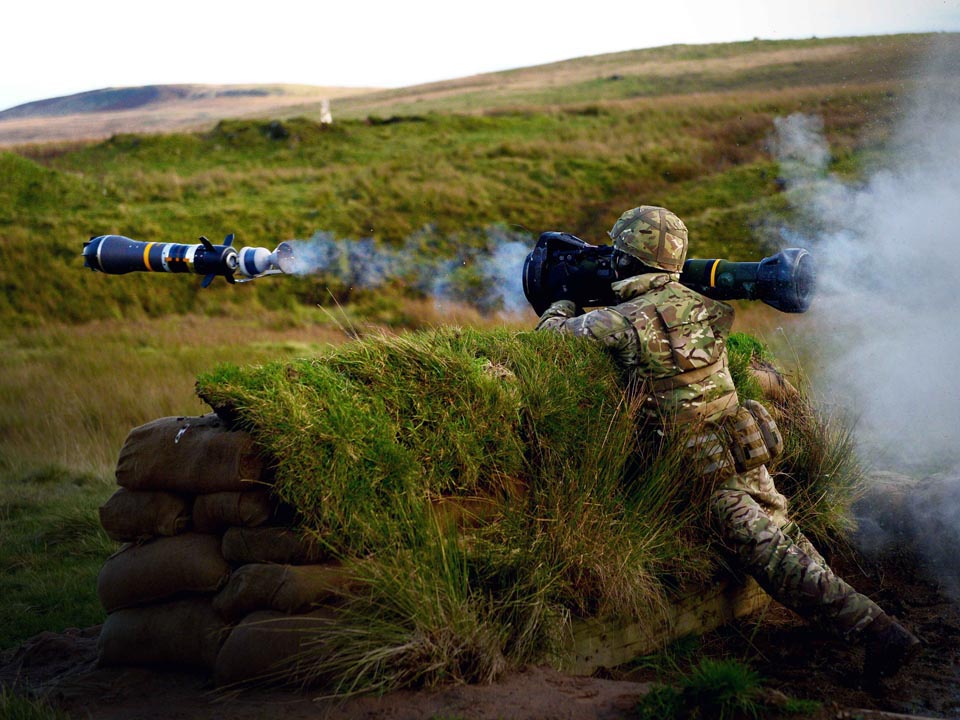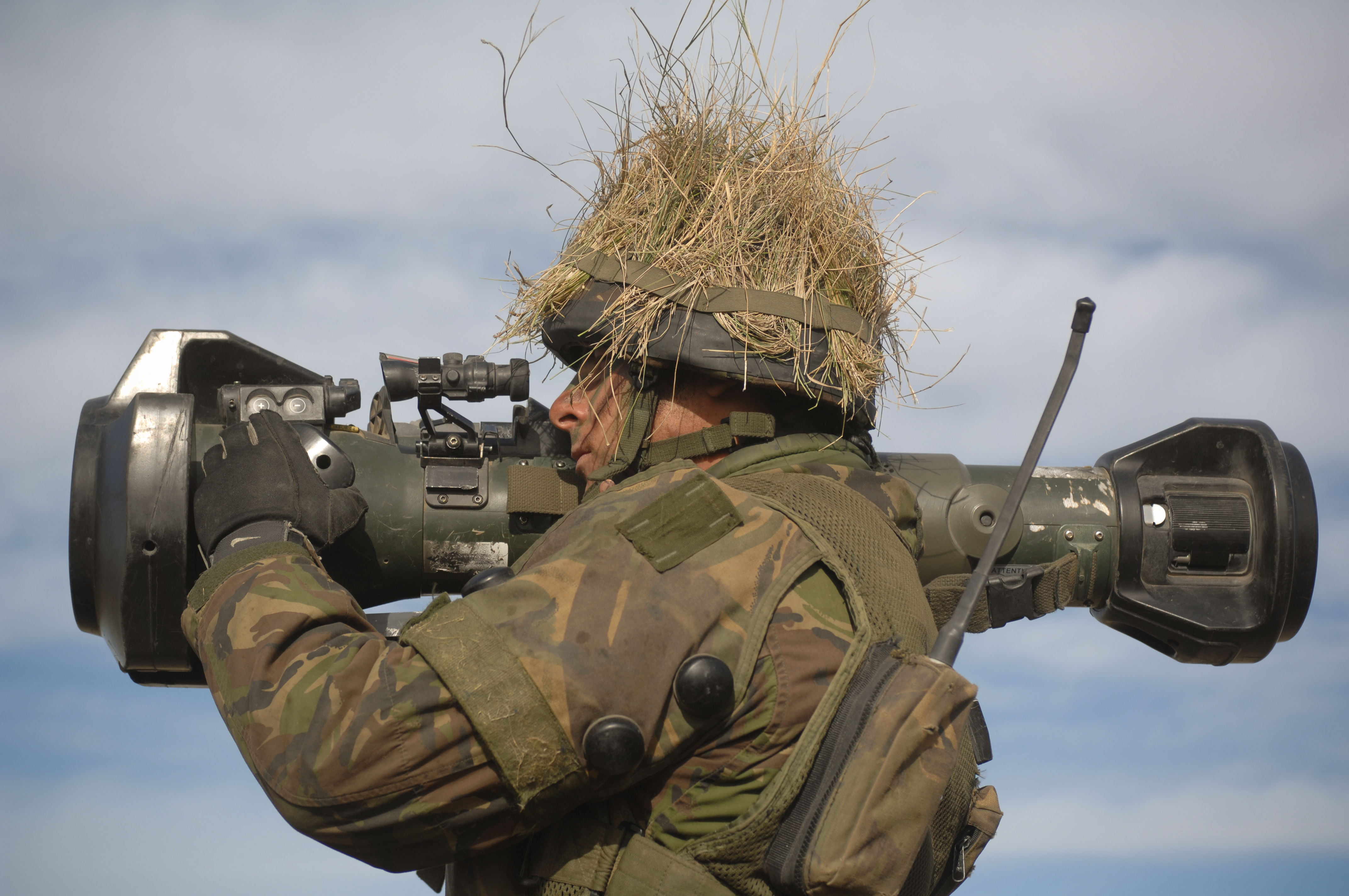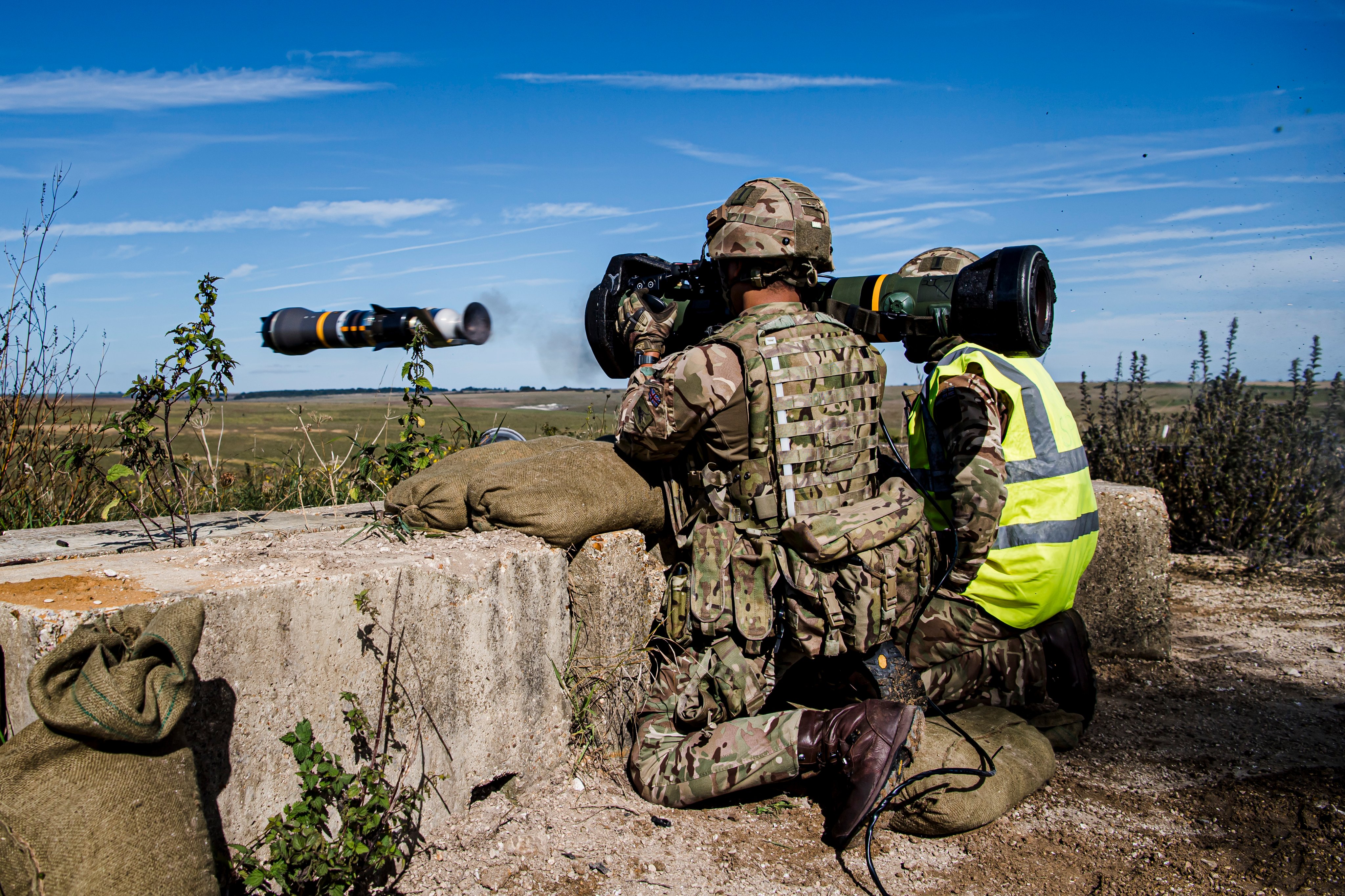A Twitter user by the name @Nemo4Incognito posted a video supposedly showing himself fishing a piece of a missile out of the sea. Judging from the video, he found the tail section, which includes the motor, from a Next Generation Light Anti-Tank Weapon, also known as an NLAW.
The caption accompanying the video states that the tail section was found in the ocean near the Lulworth Ranges, a live-fire practice range for tanks and other armored vehicles. While the individuals in the video are joking as they handle the missile component, touching any piece of an explosive military device, whatever its condition, is no laughing matter.

Watch the video in the tweet below:
The NLAW is a “fire-and-forget” short-range anti-tank missile system developed by Sweden’s SAAB and the U.K.’s Thales Air Defence jointly for infantry use. The unique man-portable, shoulder-fired weapon is designed to be disposable, being capable of firing only once. SAAB claims that the NLAW is “unjammable” and can be deployed in only five seconds by a single soldier, day or night. The NLAW has a claimed range of 20–800 meters and fires a shaped charge designed to penetrate armored targets.

The NLAW, which can easily be fired by a single soldier, can fire in both Direct Attack or Overfly Top Attack (OTA) in which the missile will detonate downward onto targets from above, where armor is usually thinnest. SAAB also claims the NLAW “can be used against soft targets like trucks, buses, cars and helicopters” and that “When fired directly through a window into a building, fragments will cause significant damage.” Operators must track a threat with the NLAW’s onboard guidance system for three seconds before firing, at which point the missile will use predicted line of sight (PLOS) to guide itself towards its target. It has no infrared, TV, or radar sensors to track the target in flight. Instead, the PLOS system predicts where the target will be after the missile’s short flight and it flies a tailored arch to that point. The system is said to work very well under most engagement circumstances and it keeps the missiles light and relatively affordable.

The missile found by @Nemo4Incognito likely came from the ranges at Lulworth Camp, a British Army base on the southern coast of Dorset, England that is home to the Armoured Fighting Vehicle Gunnery School and the Lulworth Ranges. The Gunnery school has been in use since 1918.

The Lulworth Ranges post updates about the live-fire exercises planned for each month, with the accompanying warning: “Do not enter the danger area when the range is in use, this is a danger to life.” The UK government even hosts an entire page devoted to notifying the public about when it is safe to visit military training ranges on public lands.
The Lulworth ranges are not only right in the middle of a very popular tourist area, but tourists are also allowed to move freely through parts of those ranges at certain times. The War Zone’s Thomas Newdick says that “It used to be the case that there was a red flag, and you took your chances. I’m not sure now, but there are periodic road closures.”

The user who posted the video to Twitter has been getting plenty of flak on social media from people basically telling him he’s an idiot for touching anything that appears to be ordnance, unexploded (UXO) or otherwise. Injuries and deaths caused by the remnants of war are common throughout many parts of the world, but England’s issues with UXO mostly center around the leftover bombs dropped by the Luftwaffe on major cities like London or Portsmouth during the Blitz in WWII. Discovering parts of weapons from modern live-fire training or exercises is less common, but it does happen from time to time. Earlier this year, in fact, a target drone loaded with explosive countermeasures washed up on the beach in West Palm Beach, Florida. People surrounded it and even sat on it before it was hauled away by U.S. Air Force personnel.

Anything that looks like a bomb or missile should be treated as one, even if it appears to be inert or has already exploded, as was the case with the NLAW tail section found in Lulworth. Even the chemicals and materials used in modern weaponry can be highly toxic, especially after being burned, damaged, or otherwise partially destroyed.
So yeah, if you see something that looks like it is part of a military munition, don’t pick it up, and notify the authorities.
Contact the author: Brett@TheDrive.com
